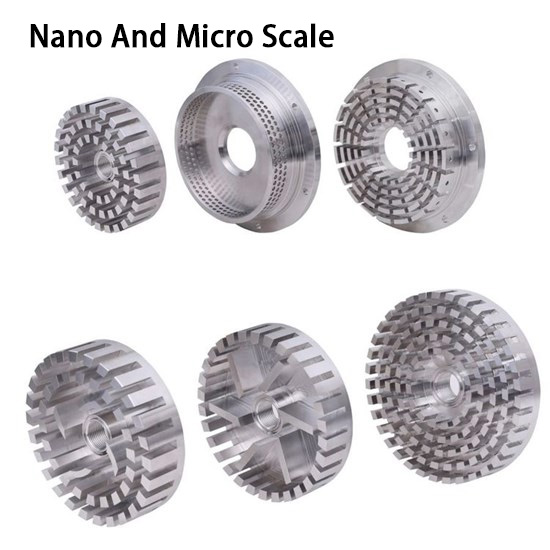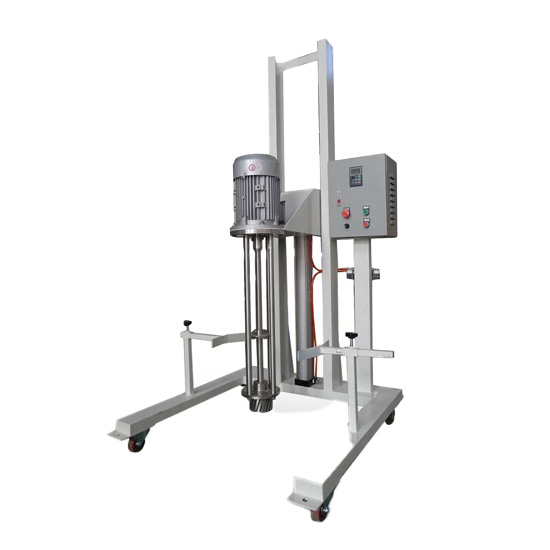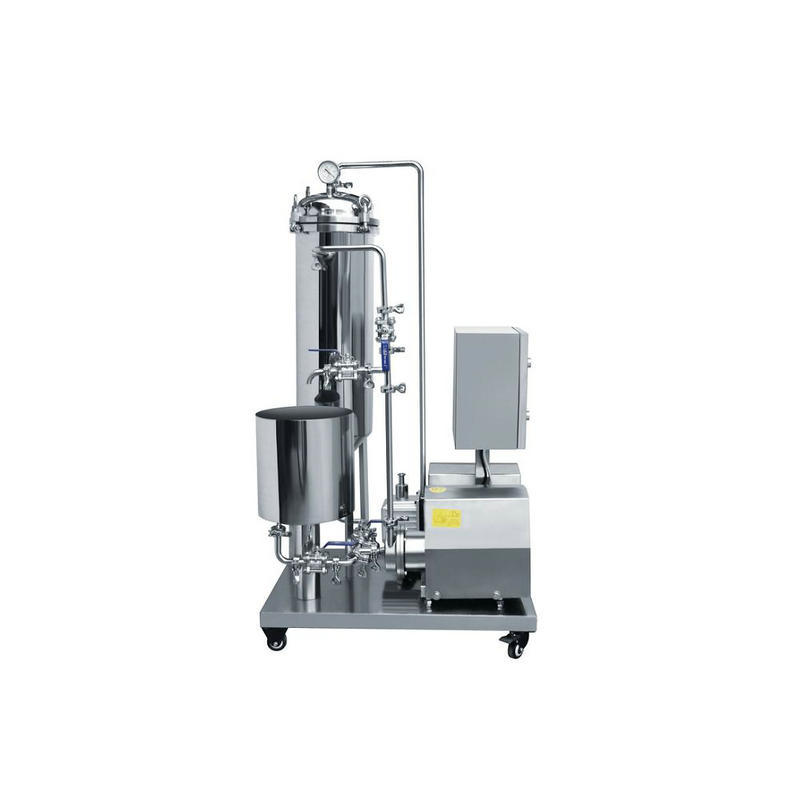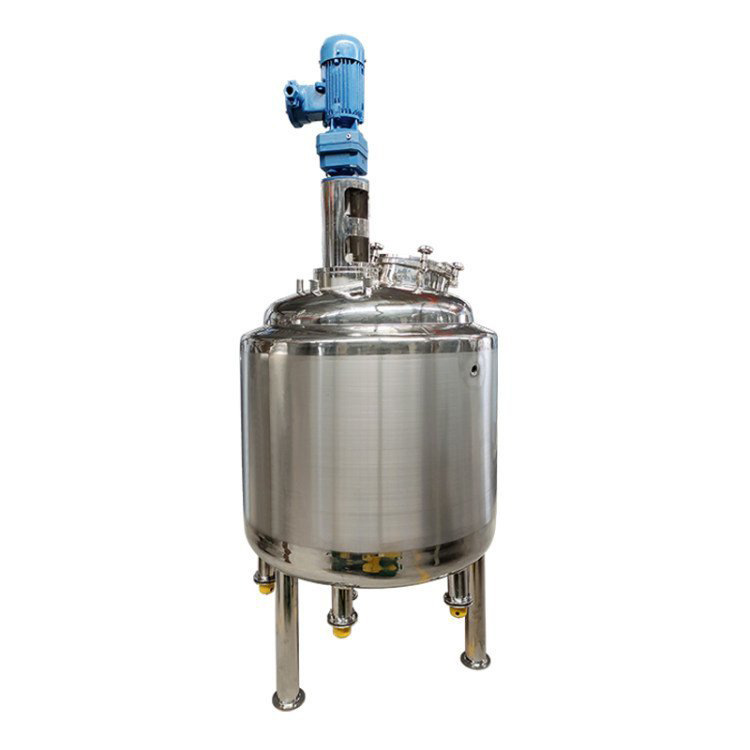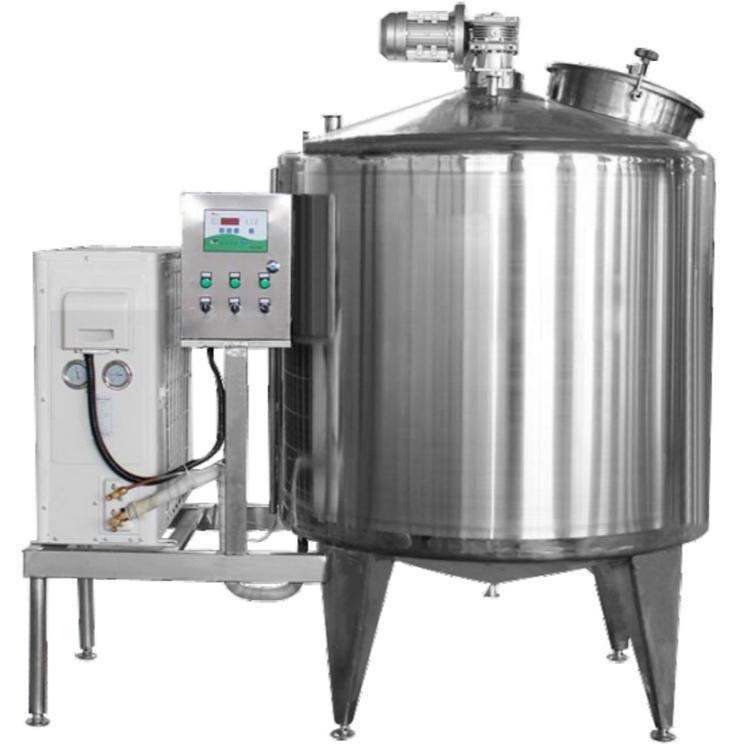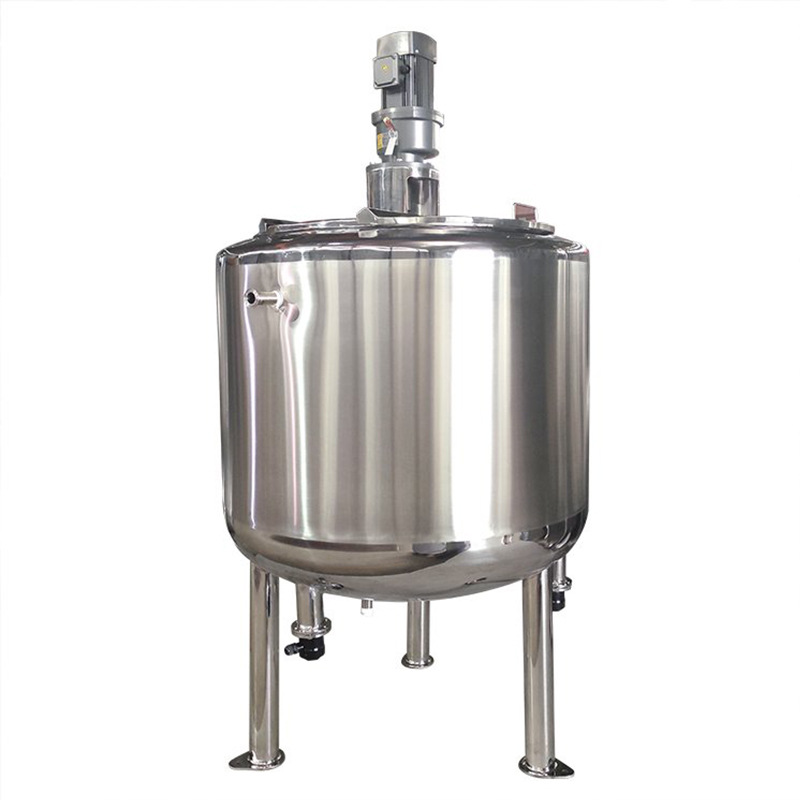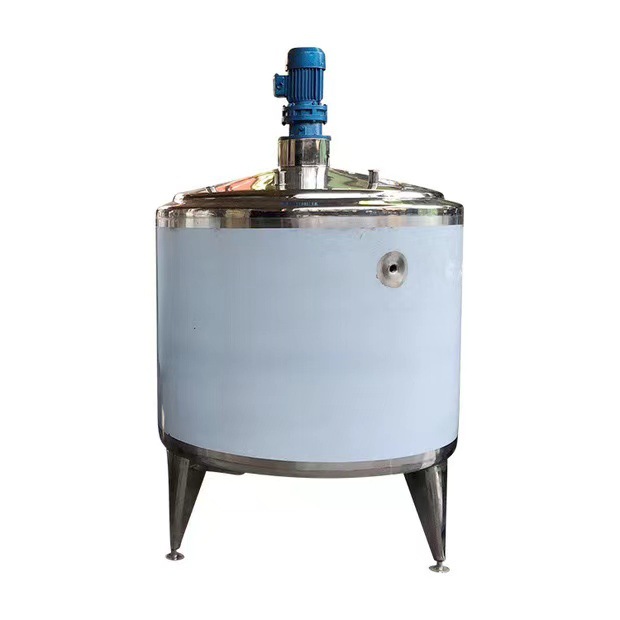Emulsification Is Indispensable In Salad Dressing Production
As a common condiment, salad dressing mainly consists of oil, acidic substances (such as vinegar or lemon juice), emulsifiers and seasonings.
Emulsification Pump is a key step in the process of making salad dressing, which determines the texture, stability and taste of salad dressing.
Emulsification refers to the process of mixing two immiscible liquids (such as water and oil) together through external force (such as stirring) and adding emulsifiers (such as egg yolk or lecithin) to form a stable emulsion.
In the production of salad dressing, the emulsification process mixes the oil and acidic substances through stirring to form a uniform and delicate texture.
So, will the taste of the emulsified salad dressing become more delicate? The answer is yes.
During the emulsification process, the oil is dispersed into tiny oil droplets and wrapped by acidic substances and emulsifiers to form a stable emulsion. These tiny oil droplets can spread rapidly in the mouth and mix fully with saliva, making the taste of the salad dressing more delicate and smooth.
In addition, emulsification can also improve the stability and shelf life of salad dressing. Due to the presence of emulsifiers, oil droplets are not easy to re-aggregate, thus maintaining the uniform texture of salad dressing.
At the same time, the emulsification process can also reduce the growth of microorganisms and extend the shelf life of salad dressing.
However, emulsification is not the only factor that determines the taste of salad dressing. In addition to the emulsification process, factors such as the selection of raw materials, formula ratio, and production process of salad dressing will also affect its taste.
For example, the use of high-quality oils and fresh seasonings can enhance the flavor of salad dressing; the appropriate formula ratio can make the texture of salad dressing more uniform and stable; and the fine production process can ensure that the taste of salad dressing is more delicate and smooth.
When actually making salad dressing, we can control the degree of emulsification by adjusting the type and amount of emulsifier, changing the stirring speed and time, etc., so as to obtain salad dressings with different tastes and textures.
For example, increasing the amount of emulsifier or extending the stirring time can make the salad dressing more emulsified and more delicate in taste; while reducing the amount of emulsifier or shortening the stirring time can make the salad dressing less emulsified and more rich in taste.
In addition to the effect on taste, the nutritional value of the emulsified salad dressing is also improved.
Because the oil is dispersed into tiny oil droplets during the emulsification process, its surface area is greatly increased, which is conducive to the dissolution and absorption of fat-soluble vitamins (such as vitamin A, D, E, K). Therefore, the emulsified salad dressing can provide more nutritional value to the human body while providing a delicious taste.
In short, emulsification is a key step in the process of making salad dressing. It can make the taste of salad dressing more delicate and smooth, and improve its stability and shelf life.
In actual production, we can control the taste and texture of salad dressing by adjusting the emulsification conditions to meet the needs and preferences of different groups of people. At the same time, the emulsified salad dressing also has higher nutritional value and can provide more health benefits to the human body.
